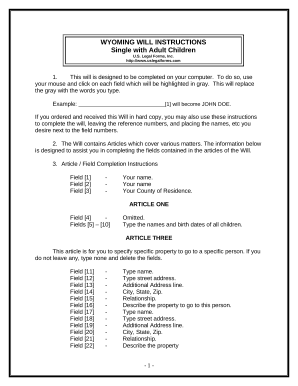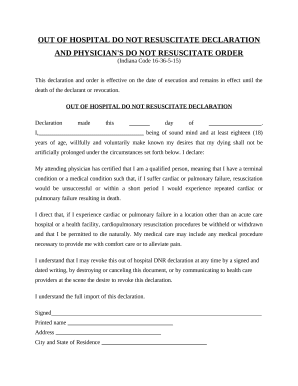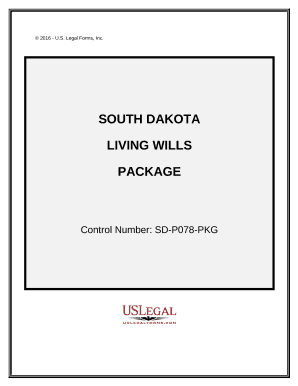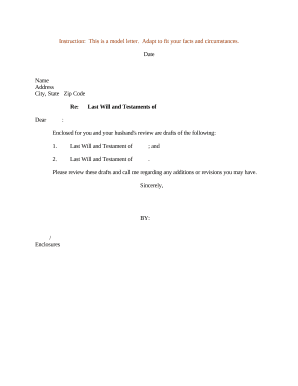






Your workflows always benefit when you can easily find all of the forms and documents you need at your fingertips. DocHub provides a a huge collection of document templates to ease your day-to-day pains. Get a hold of End-of-Life Legal Documentation category and quickly browse for your form.
Start working with End-of-Life Legal Documentation in several clicks:
Enjoy easy record management with DocHub. Check out our End-of-Life Legal Documentation category and look for your form today!